2018 SMART Toronto
January 25, 2018
SMART Remediation talks have focused on innovative technologies for remediating contaminated sites, approaches for site characterization, project case studies, regulatory and industry perspectives, and other related topics.

The 22nd SMART Remediation conference was held in Toronto on Thursday, January 25th, 2018. Details on the speakers and presentations are provided below.
Speakers

Marc McAree,
Willms & Shier Environmental Lawyers LLP
Mitigating Environmental Risks And Liabilities For Consultants And Contractors
- Bio |
- Abstract
- | Presentation
Marc McAree
Marc assists clients to manage environmental risks and liabilities while limiting clients’ reputational risk. Marc brings significant environmental law expertise to: contaminated land/brownfields clean ups, environmental-aspects of transactions, environmental insurance, all manner of environmental compliance, environmental approval and order appeals, and defence of environmental prosecutions and environmental civil actions. Marc is recognized for his excellence in advocating for clients in environmental civil litigation at all levels of Ontario Courts, defence of clients against environmental regulatory prosecutions, and appearances before Ontario’s Environmental Review Tribunal and other administrative decision-makers on appeals and at hearings. Marc has particular experience prosecuting and defending contaminated land claims and nuisance impacts including odour, noise and light, and also in defending civil actions brought against environmental consultants. Marc is named in the 2021 Lexpert™®/American Lawyer Guide To The Leading 500 Lawyers in Canada. Marc was peer selected and named the Best Lawyers’® 2019 Environmental Lawyer of the Year (Toronto). He is peer selected annually for inclusion in The Best Lawyers in Canada© for environmental law. Marc is ranked “Most Frequently Recommended” by The Canadian Legal Lexpert® directory and ranked “AV® Preeminent™” by peers in Martindale-Hubbell. He is ranked as a Global Leader in Who’s Who Legal Environment and ranked as a National Leader in Who’s Who Legal Canada Environment. Marc is called to the bar in Ontario and British Columbia. He obtained a joint Bachelor of Laws/Masters in Environmental Studies at York University. Willms & Shier Environmental Lawyers LLP is named “Law Firm of the Year” for Environmental Law in the Best Lawyers in Canada, 2021 Edition!
Mitigating Environmental Risks And Liabilities For Consultants And Contractors
Environmental consultants and contractors live in a world of exposure to environmental risks and liabilities. Their highly regulated work compels their need to comply with laws, regulations and rules that define what should and should not be done. What is essential to mitigating environmental risks and liabilities is a thorough understanding of the regulatory framework and willingness to adhere, and structuring relationships among themselves and with clients to bring clarity to their work. This includes knowing who is responsible to do what and, often more importantly, who is responsible to not do what. This may sound simple. But, in practice, it is not always so. Many common consultant and contractor blunders arise from poor communication, operating outside of their area of expertise, failing to understand the requisite standard of care, missing issues altogether, underestimating resources required, exacerbating environmental issues, failing to negotiate reasonable liability limits, and misunderstanding insurance coverage. Environmental consultants and contractors get sued. They get prosecuted. Once found liable, they may have to pay damages or fines, or even go to jail. This presentation by Marc McAree draws upon years of our firm’s environmental lawyers’ dealings with consultants and contractors who, from time-to-time, find themselves ‘in hot water’.
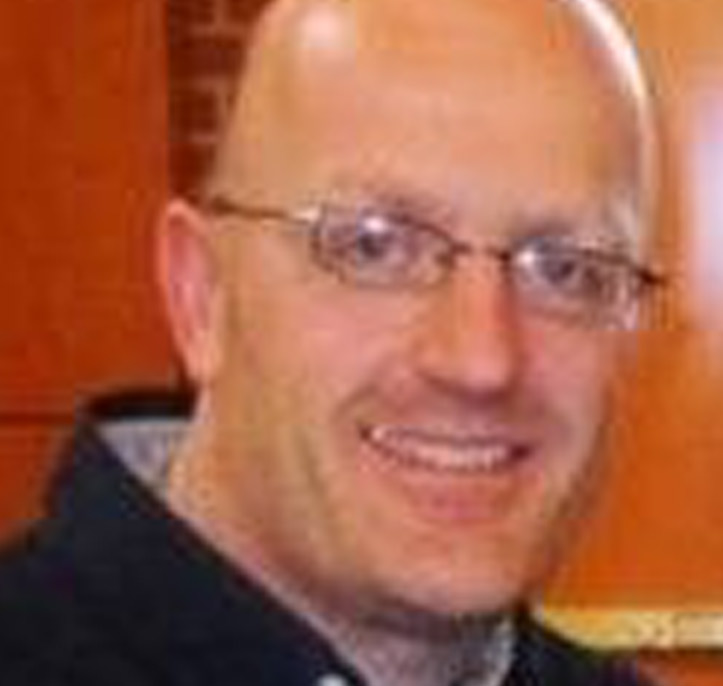
Grant R. Carey,
Porewater Solutions
Innovative Visualization Method For Demonstrating Natural And Enchanced Attenuation
- Bio |
- Abstract
- | Presentation
Grant R. Carey
Dr. Grant Carey is President of Porewater Solutions, and is expert in mathematical modeling, NAPL characterization, and environmental forensics, with a focus on both litigation and regulatory projects. Grant has a Ph.D. in Civil Engineering from the University of Guelph, and has developed industry-leading modeling and visualization software including In-Situ Remediation MT3DMS (ISR-MT3DMS) for optimizing remediation and modeling diffusion-dominated transport, as well as Visual Bio, the NAPL Depletion Model, Vapor-2D, BioRedox-MT3DMS, and the Remediation ToolKit which includes SEQUENCE, BioTrends, and BioTracker. Grant is also an Adjunct Professor in the Department of Civil Engineering at the University of Toronto, where he is collaborating on research related to back-diffusion, long-term strategies for remediating complex sites, and remediation of PFAS and 1,4-dioxane. Grant has published or delivered more than 90 technical papers and short courses, and was previously a trainer for ITRC web seminars on Mass Flux/Mass Discharge, and Remediation of Contaminated Sediments.
Innovative Visualization Method For Demonstrating Natural And Enchanced Attenuation
Overview. Evaluation and monitoring of Monitored Natural Attenuation (MNA) or enhanced in-situ biodegradation (EISB) typically requires complex spatial and temporal trend analysis for multiple chemicals of concern, their daughter products, and a suite of redox indicators. It is imperative that the results of these scientific analyses be clearly illustrated so that the processes and efficacy of attenuation are readily understood. A modified radial diagram method has been employed in a public domain software tool (Visual BioTM) to simplify this analysis, so that visual aids may be prepared which clearly demonstrate MNA / EISB trends for VOC parent species, daughter products, and redox indicators using only two figures. This modified radial diagram method improves the clarity of MNA and EISB analyses, and substantially reduces the number of figures needed to review chemical trends. (Free software download at www.porewater.com) The benefits of this visualization program are demonstrated for a Superfund Landfill Site in Michigan (MNA), Plattsburgh Air Force Base (MNA), Wurtsmith Air Force Base (MNA), and Charleston Naval Weapons Station (EISB). The visual aids prepared using this method improve the ability of non-technical audiences to see the effects of naturally-occurring attenuation in groundwater. Fewer figures are needed than a typical MNA demonstration using this modified radial diagram method. Figures are relatively quick and easy to prepare.
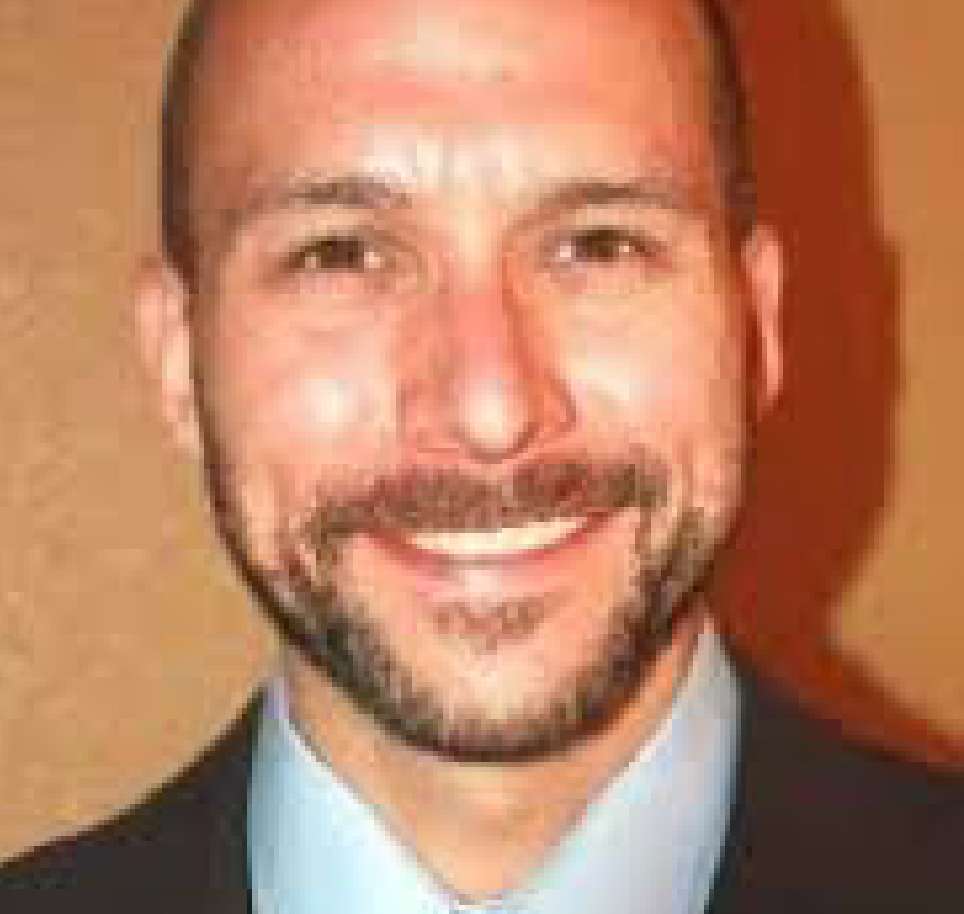
Mike Mazzarese,
AST Environmental, Inc.
Combining Remedial Technologies and Implementation Methods to Address Chlorinated Solvent Impacts at Complex Sites
- Bio |
- Abstract
- | Presentation
Mike Mazzarese
Mike Mazzarese is a Senior Remediation Engineer at AST Environmental and has been involved with in-situ remediation for 17 years. His responsibilities include project management, research and development, remedial assessment and design, field implementation oversight, and post project data analysis. Mike is a graduate of Penn State University holding a Master of Science degree in Environmental Engineering. He has previously worked for Vironex, Regenesis, and URS and is currently based in the Denver, CO area.
Combining Remedial Technologies and Implementation Methods to Address Chlorinated Solvent Impacts at Complex Sites
Complex sites require complex solutions. Challenges typically include heterogeneous geology and contaminant mass distribution, vadose and/or saturated contaminant mass, and concentrations that span several orders of magnitude. These require us as practitioners to often consider multiple remedial technologies and approaches to reach the site specific goals within the desired timeframes. Often technologies are inefficiently implemented sequentially; this extends the remediation timeframe and requires re-characterization between remedial phases. This presentation will highlight several projects where multiple technologies were successfully implemented in concert. Technologies to be discussed include abiotic chemical reduction, enhanced reductive dechlorination, and in situ chemical oxidation. Application methods to be covered include injection via direct push, injection via permanent wells, and in situ soil blending. The strategies for each site included different approaches for source (e.g. soil blending) and plume (e.g. permeable reactive barrier) remediation. The first step to any successful remediation project is to develop a thorough high density conceptual site model (CSM). This was achieved at each subject site using a combination of high density soil sampling, discrete groundwater sampling, high resolution site characterization (HRSC), and modeling. Once complete, the remedial approaches were surgically applied to leverage the individual strengths of each technology. Site #1: A large manufacturing facility used vapor degreasing in the 1970s and 1980s that resulted in chlorinated volatile organic compound contamination in soil and groundwater. In the source areas, Trichloroethene (TCE) concentrations in groundwater exceeded 50 mg/L. BOS 100®, a specialized catalyst manufactured by Remediation Products Inc., was used in the source areas. Enhanced reductive dechlorination was selected for treatment of the plume areas and involved injection of an electron donor and a dechlorinating culture. All amendments were injected via a combination of direct push and permanent wells in both grid and barrier configurations. Site #2: An industrial property utilized chlorinated solvents for equipment maintenance from the 1950’s to 1970’s. Past operations resulted in multiple source areas and it is suspected that chlorinated solvents were discharged to drain pipes into a former settling pond. TCE concentrations have been detected in groundwater at a maximum concentration of 730 mg/L and in soils up to 6,800 ug/g. Soil blending was performed utilizing chemical oxidation (sodium permanganate) to treat the unsaturated TCE impacts exceeding an average 1,100 ug/g. BOS 100® was injected into the saturated zone in a barrier configuration to limit the mass flux from the source area and prevent contamination from leaving the subject property. Site #3: A buried drum of TCE was discovered during site redevelopment. In situ chemical oxidation via potassium permanganate was used to successfully treat the source area. Downgradient of the source a permeable reactive barrier was installed via direct push injection in order to decrease the mass flux of the plume encroaching into a wetlands. Data will be presented from the source remediation as well as from the monitoring wells up and downgradient of the barrier.
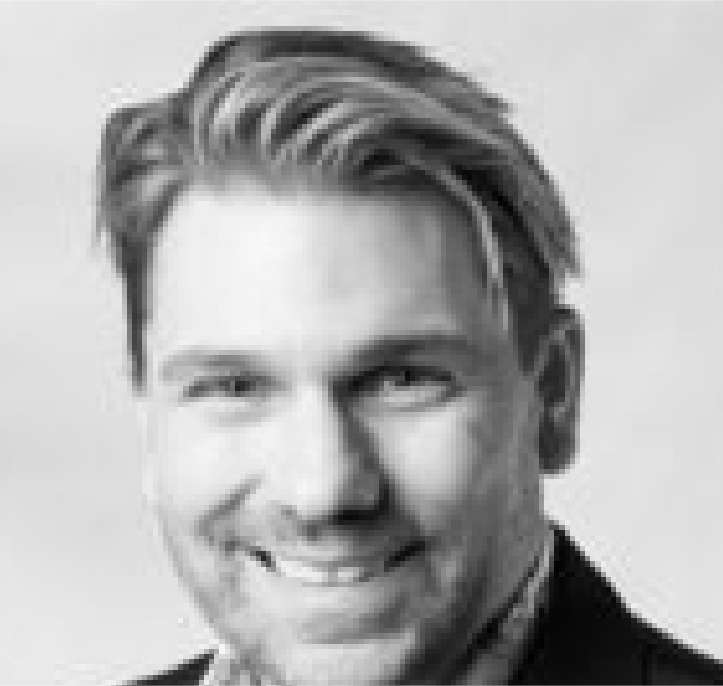
Jean Paré,
Chemco inc.
Enhanced Bio-Remediation of Heavy Petroleum Hydrocarbons and PAHs Through Dedicated Endogenous Micro-organisms Biostimulation
- Bio |
- Abstract
- | Presentation
Jean Paré
Jean Pare, P.Eng., has a degree in Chemical Engineering from Laval University. He has been involved for the last 22 years in the evaluation, development, design, and promotion of both conventional and innovative environmental technologies. As Vice President with Chemco Inc., his responsibilities include the remediation design, technico-economical analysis and technology supply for chemical oxidation and reduction, soil washing, and enhanced bio-remediation. Last year, he worked with over 400 sites applying his expertise to various types of organic and inorganic contaminants in soil and groundwater. He is also involved with many environmental organizations such as CLRA, CBN, ESAA, BCEIA and Reseau-Environnement where he is an active technical committee member and regular technical speaker.
Enhanced Bio-Remediation of Heavy Petroleum Hydrocarbons and PAHs Through Dedicated Endogenous Micro-organisms Biostimulation
Soils contain a high diversity of different micro-organisms and among these populations, some possess the capabilities for the degradation of petrogenic contaminants. From this perspective, Enhanced Bio-Remediation proposes the stimulation of these specific species to optimize the contaminant degradation effort This presentation will explain how targeted bio-remediation through the uses of some specific growth booster can achieve rapid decontamination of soils containing long chain alkyls and persistent PAHs. The use of specific growth boosters allows for a much faster and broader degradation of the targeted contaminant versus traditional biostimulation techniques. Proper design, appropriate amendments, and monitoring will be discussed as these are the critical key factors for successful management of ex situ or in situ bio-stimulation. Results from field treatments will also be presented along with examples of routine evaluation of indigenous bacteria to evaluate the biodegradation potential of given soils.
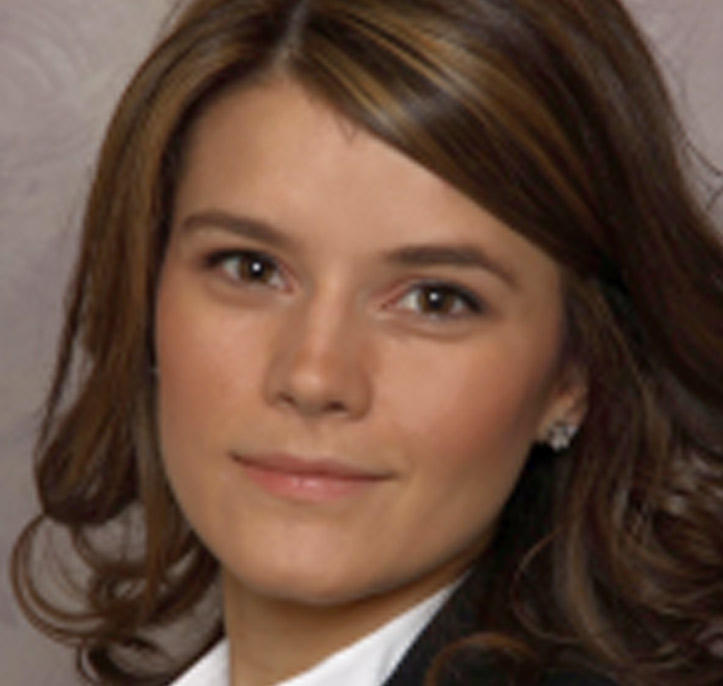
Katrina Zwambag,
ALS Environmental
Total Oxidisable Precursor Assay: Exposing the Potential for Ongoing Contamination by PFAS Compounds Through Biotic and Abiotic Weathering Process
Katrina Zwambag
Katrina Zwambag is the Manager of the LCMS department at the ALS Waterloo laboratory. Her department is responsible for the analysis of PFAS, pharmaceuticals, steroids and pesticides. Katrina’s responsibilities are focused on coordination of the LCMS department, method validations, quality control and maintenance of instrumentation. In her 10 year laboratory career Katrina has held a variety of positions, including analyst, instrument operator, supervisor, team lead and manager, providing her with a well-rounded skillset which she has utilized to find improvements and efficiencies throughout the lab. Katrina has a certificate in Biotechnology from Mohawk College and has completed the ALS iLEAD leadership and Management designation.
Total Oxidisable Precursor Assay: Exposing the Potential for Ongoing Contamination by PFAS Compounds Through Biotic and Abiotic Weathering Process
There are hundreds of chemicals that can be classed as PFAS (Per and poly-fluorinated Alkyl Substances). Accredited laboratories typically determine approximately 30 of these specific chemicals. In many fire-fighting foams and other products containing PFAS, the bulk of these chemicals may be tied up in more complex molecules including polymeric compounds. Traditional PFAS analysis only targets the key analytes and therefore may or may not greatly underestimate the presence of PFAS in the environment. The Total Oxidisable Precursor Assay and the determination Total Organic Fluorine have been suggested as means of exposing the presence of these underlying cryptic PFAS compounds. TOPA is an empirical test run under fixed conditions of reagents and temperature through strong oxidation. Without measuring the hidden PFAS compounds the potential for ongoing contamination as these compounds go through weathering processes breaking down to common PFAS compounds is a large liability. ALS has performed numerous oxidation trials in order to obtain a deeper knowledge of the Total Oxidisable Precursor Assay. This includes the impact of concentration plus the differences between first generation and modern foams. A large discussion point in support of TOPA is the mobility of PFAS compounds and therefore the ongoing contamination. Potentially re-applications of AFFF and even fluorine free training foams may contribute to remobilizing existing PFAS compounds due to the affinity for organic matter and the re-introduction of solvents in the contamination site. Our evaluation concludes with the case to expand analytical suites to cover other PFAS that may arise from weathering that might include some oxidation and hydrolysis and, ideally, to have better models for predicting environmental endpoints of AFFF degradation.

Henry Yee,
INTRINSIK
Combining Risk Assessment and Remedial Approaches to Address Residual Contamination
- Bio |
- Abstract
- | Presentation
Henry Yee
Henry Yee is an Environmental Health Scientist with Intrinsik Corp., specializing in human and ecological risk assessment with extensive experience in exposure modelling. Mr. Yee completed an Hon. B.Sc. (Biochemistry and Environmental Biology) in 2009 and an M.Env.Sc. (Environmental Science) in 2010. Mr. Yee is considered a Qualified Person for Risk Assessment (QPRA) as defined by the Environmental Protection Act of Ontario (O.Reg. 153/04; Brownfield legislation) and has successfully completed numerous risk assessments that have been accepted under the Regulation for the purpose of obtaining a Record of Site Condition.
Combining Risk Assessment and Remedial Approaches to Address Residual Contamination
Historically there has been a significant line of thought where the application of risk assessment or remedial action on a contaminated site are tools applied independently to address ongoing contamination concerns. In other words, if remediation can be successfully applied to a site, one needs not consider the use of a risk assessment. Or if one can “risk away” the contamination concerns with a risk assessment, then why bother considering potential expensive and time consuming remedial action. Unfortunately, in your typical complex contaminated site, neither of these by themselves may be the best cost-effective method to address residual risk. Rather a more appropriate approach might be to use both of these tools in combination to provide the best “bang for your buck” in dealing with residual contamination. Many times, remediation can reduce existing on-site contamination to a certain degree, but perhaps not to an acceptable regulatory or due-diligence level in either a time- or cost-effective manner. In these cases, risk assessment could be used to establish more reasonable remediation clean-up targets by combining remediation efforts with ongoing risk management measures integrated with planned redevelopment. The presenter, Henry Yee, will discuss this type of integrated remediation/risk assessment approach, along with case studies to demonstrate its effectiveness in addressing residual contamination risk on complex sites.
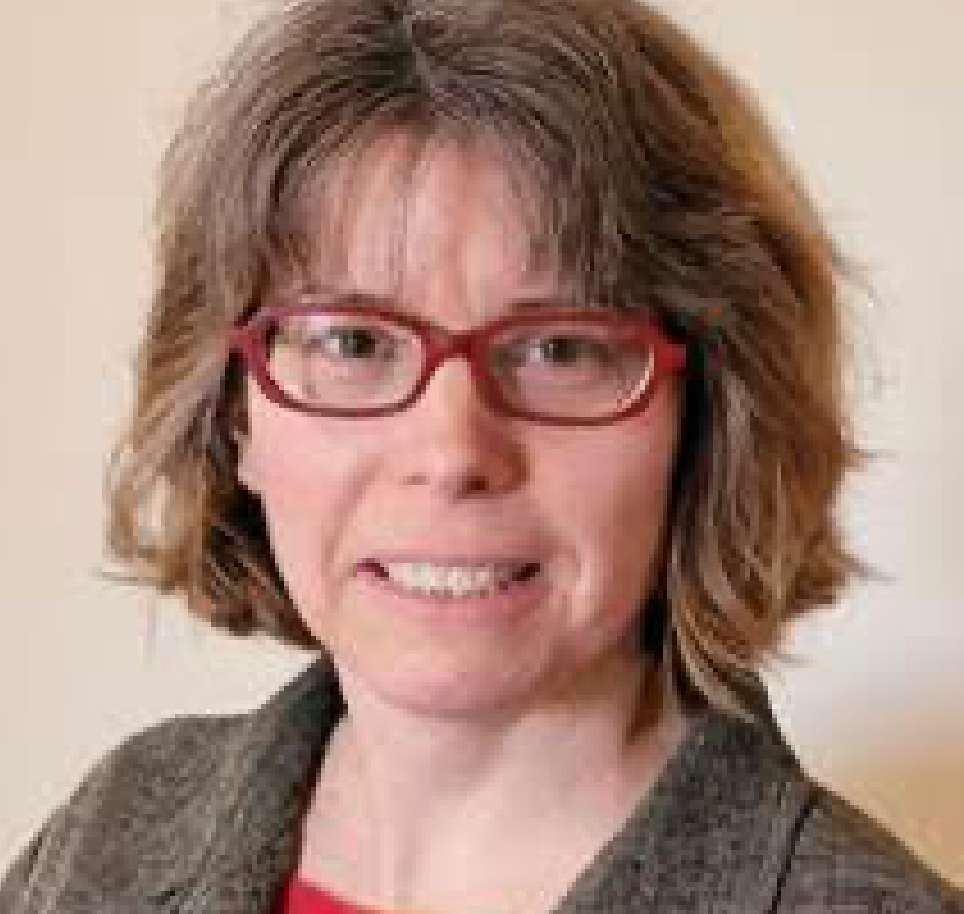
Meggen Janes,
Waterfront Toronto
Waterfront Toronto: Overview of Bench and Pilot-Scale Testing
- Bio |
- Abstract
- | Presentation
Meggen Janes
Principal at Geosyntec with over 25 years of experience in environmental consulting, risk assessment and remediation. She has conducted research and development on new and emerging technologies through bench and pilot studies and she has completed and managed property assessments, peer reviews, compliance and environmental management systems evaluations, risk assessments, and contaminant investigation and remediation projects at many public and private sector properties. Meggen directed the environmental requirements and environmental risk management for the Port Lands flood protection project in Toronto’s waterfront.
Waterfront Toronto: Overview of Bench and Pilot-Scale Testing
The Port Lands is a 356 hectare (880 acre) area bounded by the Keating Channel/Don River and Lake Shore Boulevard in the north, the Toronto Inner Harbour in the west, Ashbridges Bay in the east and Lake Ontario and Tommy Thompson Park in the south. Formerly one of the largest natural wetlands, the area was infilled in the early 1900s to make more land available to serve Toronto’s growing industrial sector and for shipping. While still used for industrial and port purposes today, these brownfield lands are generally underutilized, lack adequate municipal services necessary for other uses and also fall within the flood plain of the Don River. Plans are underway to flood protect and revitalize this valuable part of the city. To complete the project and flood protect the area, over 1 million m3 of soil will be excavated to create a new river valley and a portion of the soil will be reused to construct flood protection walls. Poor environmental and geotechnical conditions complicate the removal and development of the river valley. Waterfront Toronto initiated a process to test innovative but proven technologies in the following categories: 1. In-situ remediation and/or stabilization of Non-aqueous Phase Liquid (NAPL) 2. In-situ Soil Stabilization to Improve Geotechnical Conditions 3. Ex-situ soil remediation, amendment and dewatering technologies Ten bench scale studies have been completed and six pilot tests are underway to evaluate and maximize options for soil reuse. Waterfront Toronto has been testing in-situ technologies that would remediate or stabilize the present of NAPL within the project area, prior to the initiation of the excavation work. A key component of the project is also to prevent any NAPL migration to the future river valley, reduce over-excavation for channel design slopes, and treat excavated and dredged material to levels that would allow its reuse within the project area. It is anticipated that most of the excavated and dredged material will have to be dewatered, sorted, and remediated to reduce contaminant concentrations and/or amended to improve its geotechnical conditions. Results of the bench scale studies will be reviewed and an overview of interim pilot tests will be presented. Potential solutions are in the form of in-situ treatment in advance of excavation, in-situ soil treatment and stabilization and ex-situ treatment of soil to meet the treatment goals for soil reuse. A combination of these remediation strategies will likely be used.
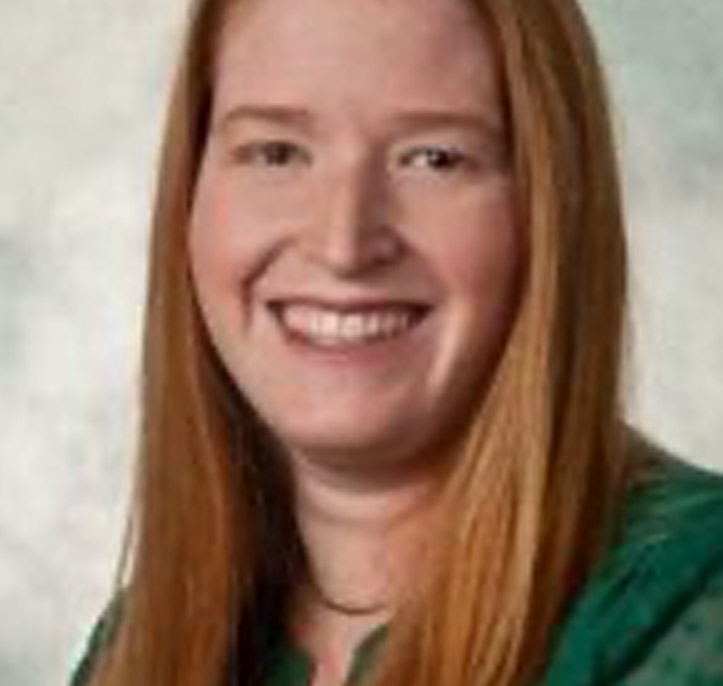
Cherilyn Mertes,
Geosyntec Consultants Inc.
Engineered Phytoremediation of Aquifers Impacted by High Contaminant Concentrations and Emerging Contaminants
- Bio |
- Abstract
- | Presentation
Cherilyn Mertes
Ms. Mertes is a hydrogeologist at Geosyntec Consultants with over 10 years’ experience in conducting site investigations, evaluating the fate and transport of contaminants in groundwater, and planning and implementing groundwater treatment systems. Ms. Mertes earned her B.Sc. in Environmental Science and M.Sc. in Hydrogeology, both from the University of Waterloo. Her master’s thesis focused on the fate and transport of pharmaceutical compounds in septic system plumes. Her project experience with Geosyntec includes management of investigation and remediation programs at sites contaminated with nitroaromatics, perchlorate, chlorinated solvents, chromium, and polychlorinated biphenyls (PCBs). She has been involved in the design and implementation of groundwater remedies that include enhanced in-situ bioremediation, in-situ chemical oxidation, and engineered phytoremediation.
Engineered Phytoremediation of Aquifers Impacted by High Contaminant Concentrations and Emerging Contaminants
Phytoremediation, plant-based remediation technology, has gained increasing interest in recent decades as an effective, low-cost, green, and sustainable approach to site cleanup. In conventional phytoremediation plantings, tree roots utilize the shallowest water available. If targeted treatment of deeper groundwater is required, an engineered approach can be used to intersect and treat or contain the targeted groundwater. Phytoremediation has been implemented at several sites to address impacts from a wide range of environmental contaminants under diverse hydrogeologic conditions. Geosyntec has used engineered phytoremediation as a remedy at sites impacted by high concentrations of volatile organic compounds and emerging contaminants, such as 1,4-dioxane, and at sites where impacted groundwater is present in deeper aquifers. For many of these sites, phytoremediation was selected as an alternative to – or replacement for – groundwater pump-and-treat systems or other in-situ remedies. This presentation will review several phytoremediation case studies at various stages of deployment, from recently implemented to mature systems, including a site where phytoremediation was directly combined with in-situ chemical treatment technologies to address high concentrations of chlorinated solvents. For all case studies presented, designed and engineered phytoremediation systems have been employed to remediate elevated contaminant concentrations and to provide hydraulic control of impacted groundwater. Lessons learned from these implementations and data supporting conclusions regarding contaminant degradation and hydraulic control will be discussed, along with details of the modelling performed to aid in successful system designs.
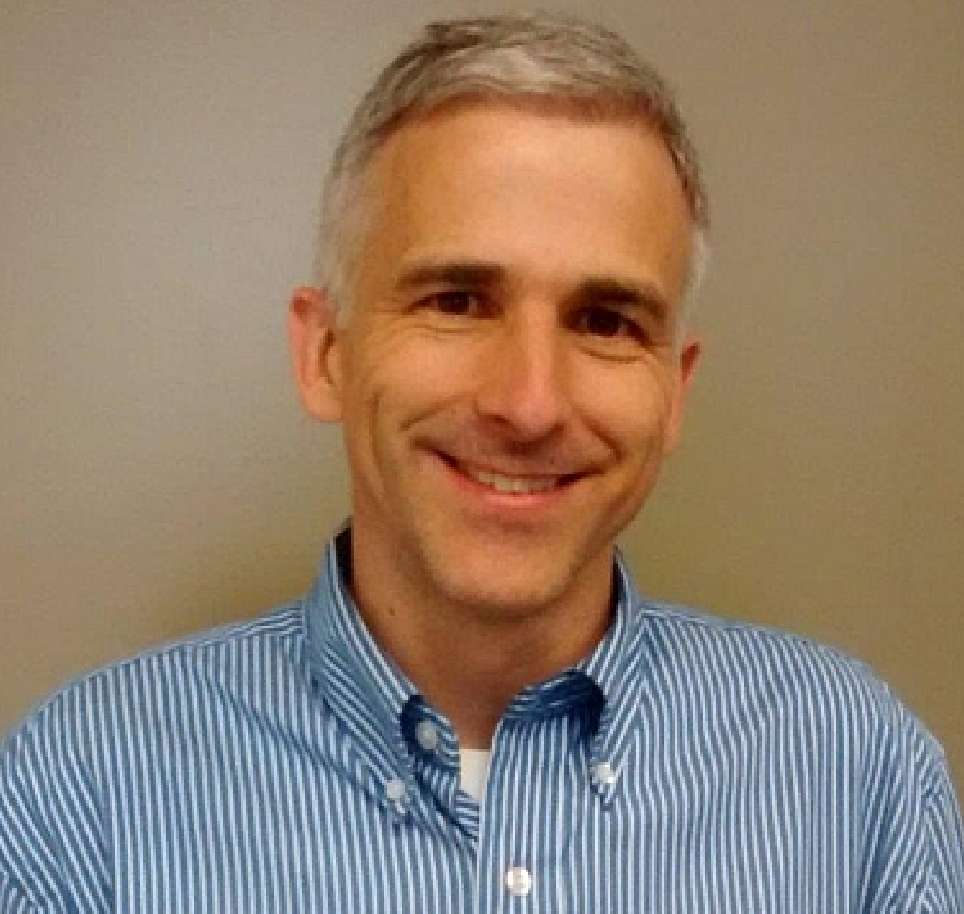
Chris Lompart,
MECP
Excess Soil Management
- Bio |
- Abstract
- | Presentation
Chris Lompart
Chris Lompart is the Manager of Land Use Policy at the Ministry of the Environment, Conservation and Parks. Chris has been with the Ministry for the past twenty years and has worked on environmental policy development for over 25 years in the public and non-government sectors. Chris has spent much of that time working on brownfields redevelopment and excess soil policy as well as environmental planning and land use planning-related legislation, regulations, and policy, such as the Lake Simcoe Protection Act and Plan, the Provincial Policy Statement and Growth Plan, and the Great Lakes Protection Act.
Excess Soil Management
Recognizing excess soil as a resource through implementation of Ontario’s Excess Soil Management Policy Framework, 2016 and related proposed Excess Soil Reuse Regulation.
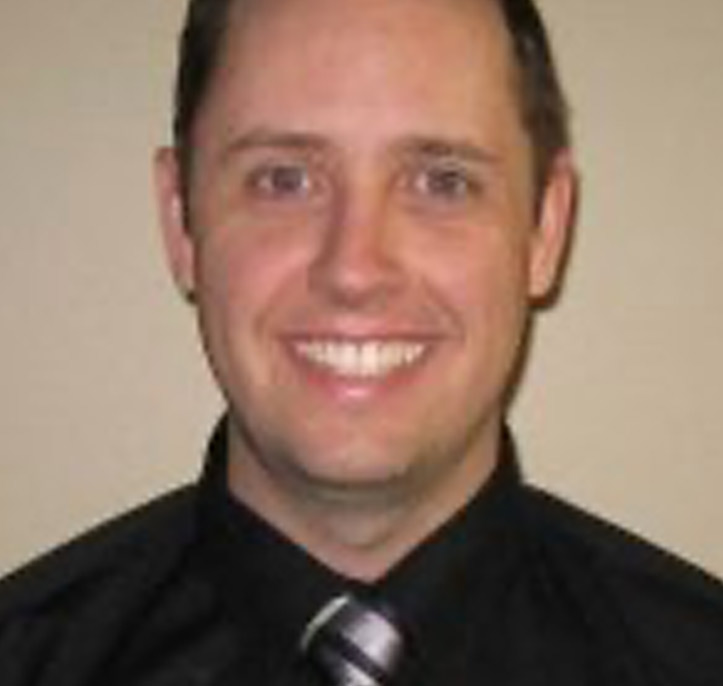
Patrick O’Neill,
Vertex Environmental Inc.
Three Case Studies: Using High Resolution Site Characterization
- Bio |
- Abstract
- | Presentation
Patrick O’Neill
Mr. O’Neill is a project manager at Vertex Environmental Inc., manages the high resolution site characterization division, and has years of experience designing and implementing high resolution site characterization programs targeting chlorinated solvents and petroleum hydrocarbons. Mr. O’Neill holds a Master’s degree from the University of Waterloo where he studied groundwater modeling of the Grand River watershed and how climate change scenarios will affect the watershed.
Three Case Studies: Using High Resolution Site Characterization
Good decisions can be made with good data. Remediation programs that fail usually cite a lack of thorough understanding of the subsurface. Contaminant distribution can be complex and traditional sampling techniques may result in data gaps. In-situ high resolution site characterization (HRSC) is becoming a key component of site understanding and subsequent remediation. HRSC, as part of a Phase II Environmental Site Assessment (ESA), can greatly enhance the understanding of the presence, concentration and distribution of contaminants in the subsurface. Three high-resolution characterization technologies commonly used to enhance Phase II ESAs include the Membrane Interface Probe (MIP) for dissolved phase contamination, the Laser-Induced Fluorescence (LIF) probe for free-phase petroleum hydrocarbon (PHC) contamination, and the Hydraulic Profiling Tool (HPT) for measuring the subsurface permeability and ultimately estimating the hydraulic conductivity of the subsurface. All three probes are advanced to depth by direct push methods (i.e. Geoprobe). These technologies can significantly enhance the understanding of the subsurface and associated impacts. Gathering thousands of points of data on a centimeter scale in a day, the HRSC tools can rapidly horizontally and vertically delineate environmental impacts. And the data can be rendered in 3D to visualize and optimize remedial designs for each individual site. This talk will showcase the various HRSC tools and how they helped facilitate remediation programs at different sites that Vertex has worked on in Canada. The first site utilized the LIF to better understand residual LNAPL on an active remediation site utilizing multi-phase extraction and in-situ chemical oxidation technologies. The second site utilized the MIP to delineate a large and complex dissolved phase plume and optimize an in-situ chemical oxidation program. The final site utilized the HPT to estimate hydraulic conductivity in the overburden for a funnel and gate permeable reactive barrier (PRB) design, installation and follow up analytical monitoring.